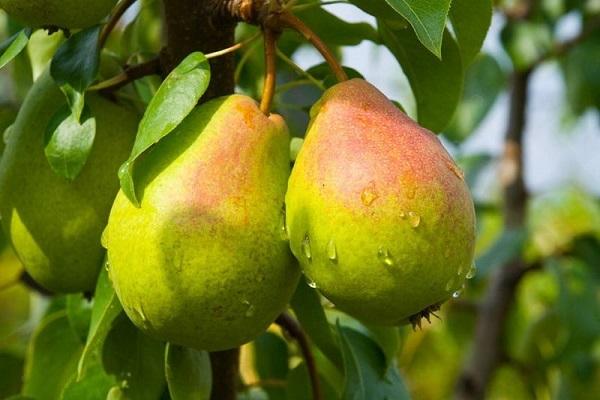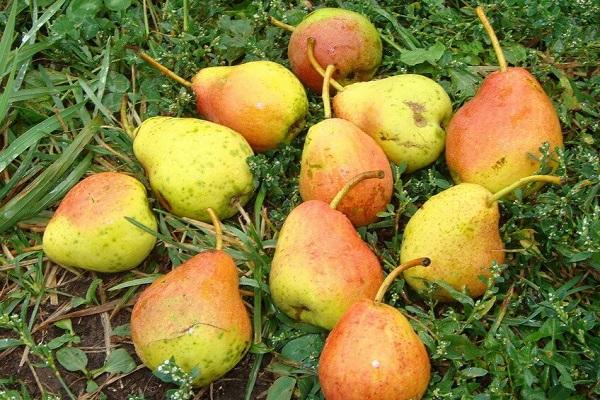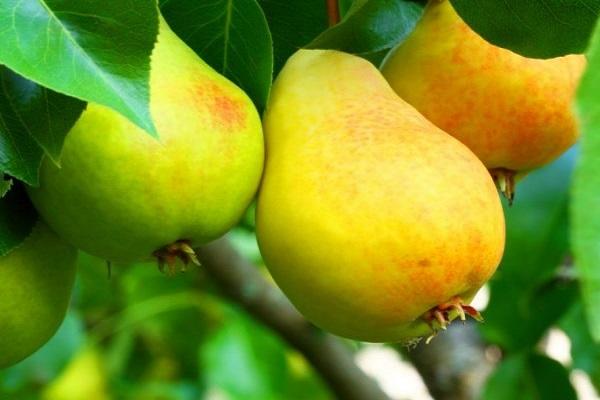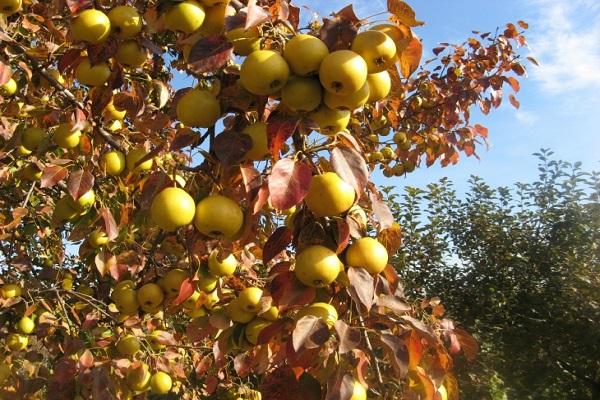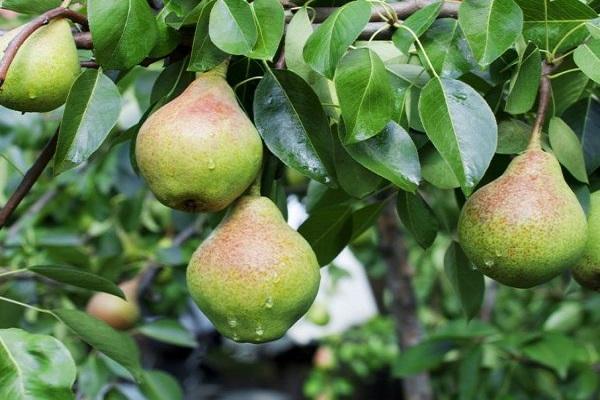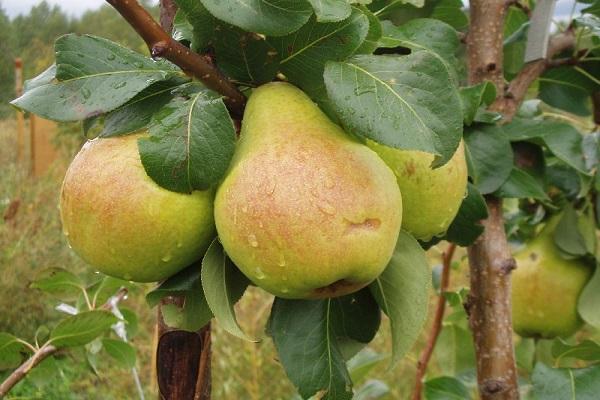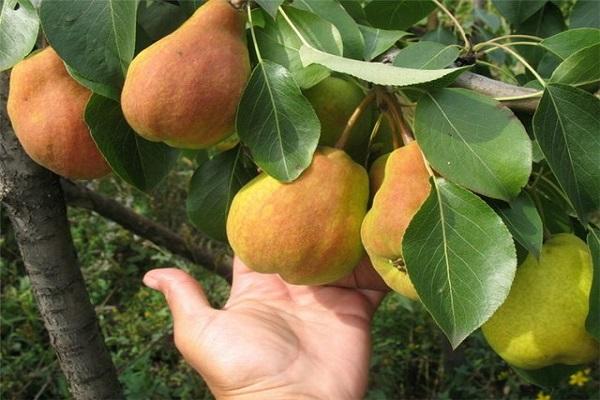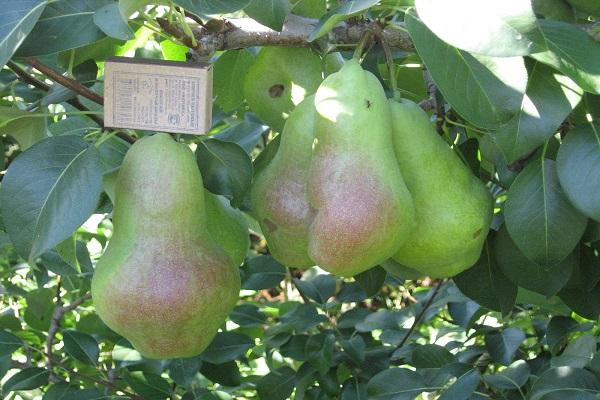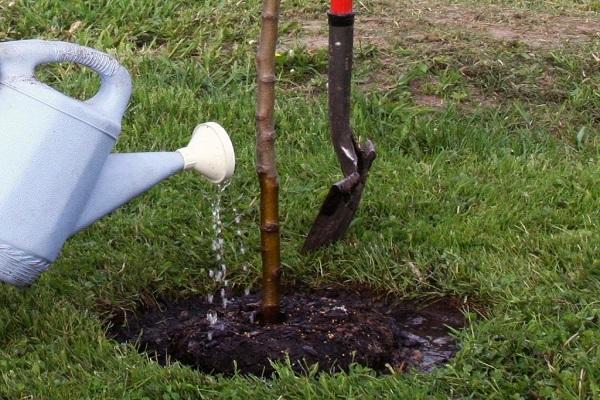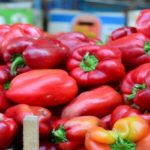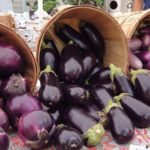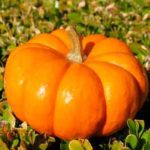Many gardeners grow pears in the garden. It is no secret that this fruit belongs to the group of heat-loving plants that must be cultivated in regions with a favorable climate. However, some varieties of pear trees grow well in the Urals and Siberia. Before planting seedlings in such regions, you need to familiarize yourself with the best varieties of pears for the Urals.
- Specifics of growing pears in the Urals
- The best Ural varieties of pears
- Chelyabinsk winter
- Zarechnaya
- Magnitogorsk fugitive
- Berezhenaya (Bere yellow improved)
- Talitsa (Skorospelka Sverdlovskaya)
- Sverdlovsk resident
- Penguin
- Guidon
- Favorite
- Krasulya
- Decabrinka
- Sanremi
- Tikhonovna
- September
- Transcendent
- Which pear seedlings are best to choose?
- Caring for pear trees in the Urals
- A little about fertilizer
- Now about watering the trees
- Let's move on to trimming
- Conclusion
Specifics of growing pears in the Urals
A characteristic feature of the Ural region is that it has unfavorable climatic conditions for growing most plants. The territory of the Urals is dominated by swampy and podzolic soils, in which the cultivation of pears is significantly complicated. Weather conditions in the region are unstable; temperature changes are regularly observed, due to which planted seedlings may die. Even in late spring and summer, serious frosts can occur.
Such climate features force gardeners to make certain changes in the process of planting and growing pears. To obtain a medium or high yield, you will have to pay special attention to insulating the seedlings and applying fertilizing. Before planting pear seedlings, a drainage layer is created in the soil, which is covered with organic and mineral fertilizers on top. In winter, the planted trees are covered with snow, which will protect them from severe frosts.
The best Ural varieties of pears
In order to get a good harvest in a cold climate, you need to plant standard winter-hardy Ural or Chelyabinsk varieties. It is recommended to study the description and main characteristic features of each of them in advance.
Chelyabinsk winter
This is a medium-sized tree with a round crown and excellent resistance to low temperatures. The main advantage of the plant is that it almost never gets sick. The variety does not bear fruit immediately, but only 3-4 years after planting in the soil. The fruits are yellow and weigh 120 grams. Chelyabinsk winter pear has excellent taste due to its juicy and sweetish pulp.
Ripe fruits are harvested in the second half of August or September. The harvested crop has good shelf life and is stored for 6-7 months.
Zarechnaya
Among pears with late fruit ripening, Zarechnaya is distinguished. The main advantages of the fruit include:
- frost resistance;
- productivity;
- taste qualities;
- resistance to many diseases.
Such trees grow quickly and begin to bear fruit in the second year after planting. They have a round and spreading crown.
Ripe fruits are covered with thin skin that is golden in color. The pulp of the fruit is soft, with a pleasant aroma and sweet taste.
Magnitogorsk fugitive
Fans of classic varieties should pay attention to the Magnitogorsk fugitive. This plant easily tolerates the coldest Ural winters and is resistant to dangerous pests and diseases. Such trees begin to bear fruit 5-6 years after planting in the garden.
The fruits are green and have a slight yellowish tint. The harvested fruit is very tasty and is often used to create jam, compotes, juice and even baked goods.
Berezhenaya (Bere yellow improved)
A mid-late fruit, the advantages of which include immunity to many diseases and the taste of the fruit. Many experts rank Berezhnaya among the best pear varieties that can be grown in the Urals. The advantages of Berezhnaya include resistance to frost, prolonged fruiting and productivity.
The first harvest ripens five years after planting. The fruits are small and grow up to one hundred grams. It is recommended to store the harvested crop in cool rooms with a temperature of 10-15 degrees.
Talitsa (Skorospelka Sverdlovskaya)
Refers to early ripening pears that ripen within 65 days.Thanks to this, the ripe harvest is harvested in the first half of August. The collected fruits are stored for only 10-15 days, and therefore it is recommended to use them immediately. The yield at Talitsa is high and amounts to 20-40 kilograms per tree.
The fruits are round in shape and resemble small apples in appearance. They are covered with a light yellowish peel with slight roughness on the surface. The weight of each ripe pear reaches 110 grams.
Sverdlovsk resident
It is considered the most common variety grown in the Urals. Such popularity of Sverdlovsk is due to the excellent taste of ripe fruits and long-term storage of the harvested crop. Another advantage is the frost resistance of the trees, which can withstand any Ural winter.
This is a large-fruited variety, as the fruits weigh 170-180 grams. They are covered with a green peel, which becomes yellowish during the ripening process.
Penguin
This is a high-yielding, fast-growing tree with a wide pyramidal crown. 3-4 years after planting, pear-shaped fruits weighing 125 grams appear on the trees. Most often they are colored bright yellow, but some fruits may have a slight orange blush. At least 22 kilograms of harvest are harvested from each mature tree. The Penguin's flesh is juicy and tender, without stony spots.
Guidon
A fast-growing plant that has a wide pyramidal crown. The shoots are located close to each other, and therefore the tree is compact. Its branches are covered with dark green leaves with a smooth surface. One-dimensional Guidon fruits grow up to 130 grams. They are covered with a yellowish and smooth skin, under which there is tender and fleshy pulp.
The main advantages of Guidon are considered to be resistance to low temperatures and high productivity.
Favorite
A tall plant with a wide-rounded and sparse crown. The favorite has a strong root system that is resistant to soil freezing. Favorite has large oval fruits that weigh 115-120 grams. At first they are colored green, but as they ripen their skin becomes more ruddy. With proper care, the tree produces 35 kilograms of harvest.
Krasulya
These are medium-sized trees that do not grow higher than four meters. Krasulya is an early-ripening pear that ripens in early August. On average, the weight of the fruit is 90 grams, but if you properly care for the trees, pears grow up to 130 grams. The yield from one tree is 20-25 kilograms.
Decabrinka
A tall tree growing up to five meters in height. Decabrinka is resistant to frost and therefore is often planted in Siberia and the Urals. Ripe fruits are small and weigh only 85-90 grams. They are covered with a smooth yellowish peel. The pulp of Dekabrinka is juicy and aromatic, has a sweet and sour taste.
Sanremi
This variety is popular among Ural gardeners. The advantages of Sanremi include taste, frost resistance and large fruits. The weight of each ripe fruit reaches three hundred grams. The harvest is universal, as it is used both canned and fresh.
Tikhonovna
The variety was named after the Russian breeder A. S. Tikhonova. The pear has good frost resistance and a high level of productivity. Tikhonovna has round greenish fruits, which turn yellow after ripening. They are small and weigh 70-75 grams.The pulp is juicy, sweet and fleshy.
September
In the northern regions, September is often grown. These are tall and productive fruit trees with a spreading crown. Sentyabrina is resistant to diseases and therefore practically does not get sick.
The fruits weigh 200-250 grams, they are colored green with a golden tint.
Transcendent
A winter-hardy plant that tolerates Siberian frosts. Pear-shaped fruits weigh 80-95 grams. They have fleshy, juicy and aromatic flesh. The Sky Pear begins to ripen late - in early September.
Which pear seedlings are best to choose?
When choosing a pear seedling, consider the following:
- Age. Some gardeners argue that you need to buy tall seedlings, but this is not so. Experienced experts advise buying young seedlings whose stem thickness does not exceed ten millimeters.
- Condition of the roots. The quality of a seedling can be determined by the state of its root system. The plant should have a formed root 25-35 centimeters long.
- Standard When choosing, carefully inspect the branches and stem. They should have a uniform color without dark spots.
Caring for pear trees in the Urals
In order for pear trees to bear fruit, they must be properly cared for.
A little about fertilizer
Pears are fertilized a year after planting. Fertilizing is applied to the soil in the summer, when there is no frost. It is better to use potassium-phosphorus fertilizers, which accelerate the ripening of the fruit.
Now about watering the trees
The tree does not need abundant watering, but this does not mean that it does not need to be watered at all. It is recommended to water 1-2 times per season. In this case, water is poured under the root.
Let's move on to trimming
Pruning of pear trees is carried out in the spring.During the procedure, side shoots are cut off, on which few fruits are formed. Secateurs are used to trim young stems. To get rid of old branches, you will have to use a saw.
Conclusion
The climatic features of the Urals do not allow the cultivation of many varieties of pears. Before you start cultivating fruits in this region, you need to familiarize yourself with the characteristics of the best Ural varieties of pears.

